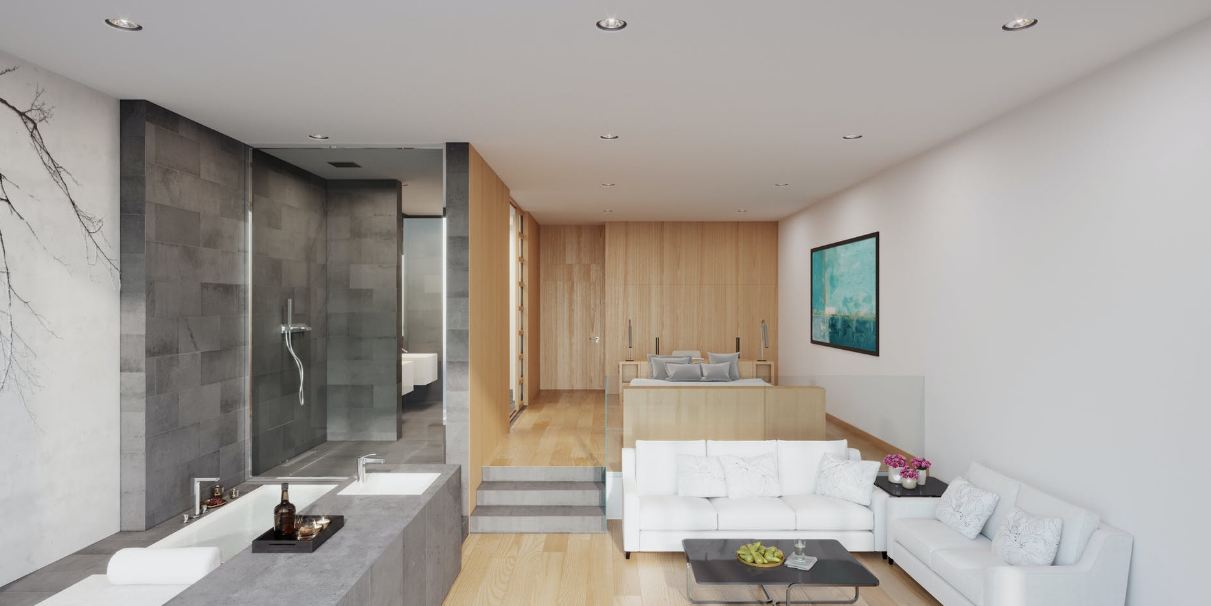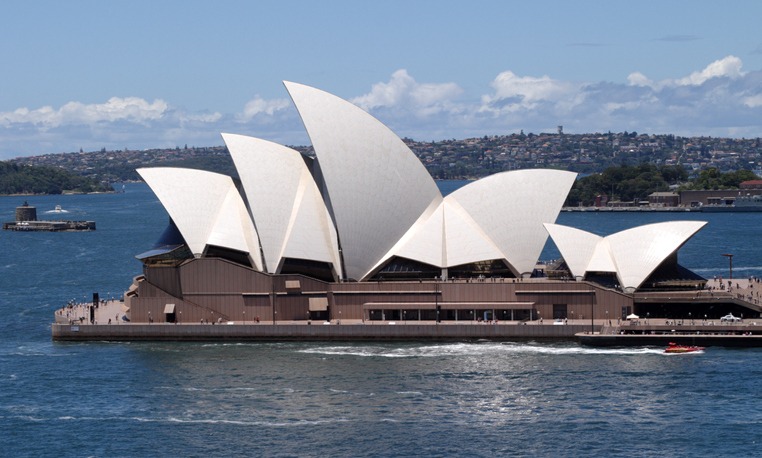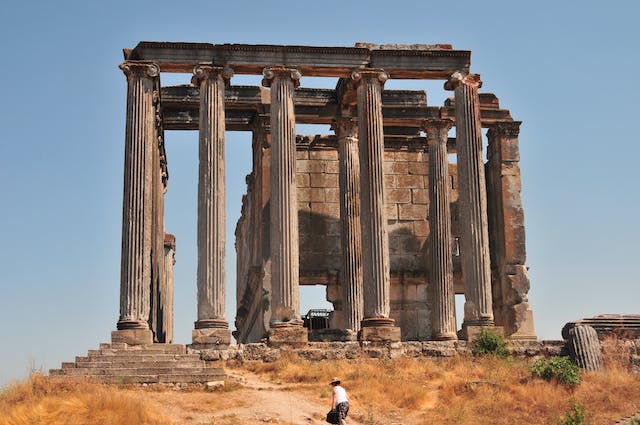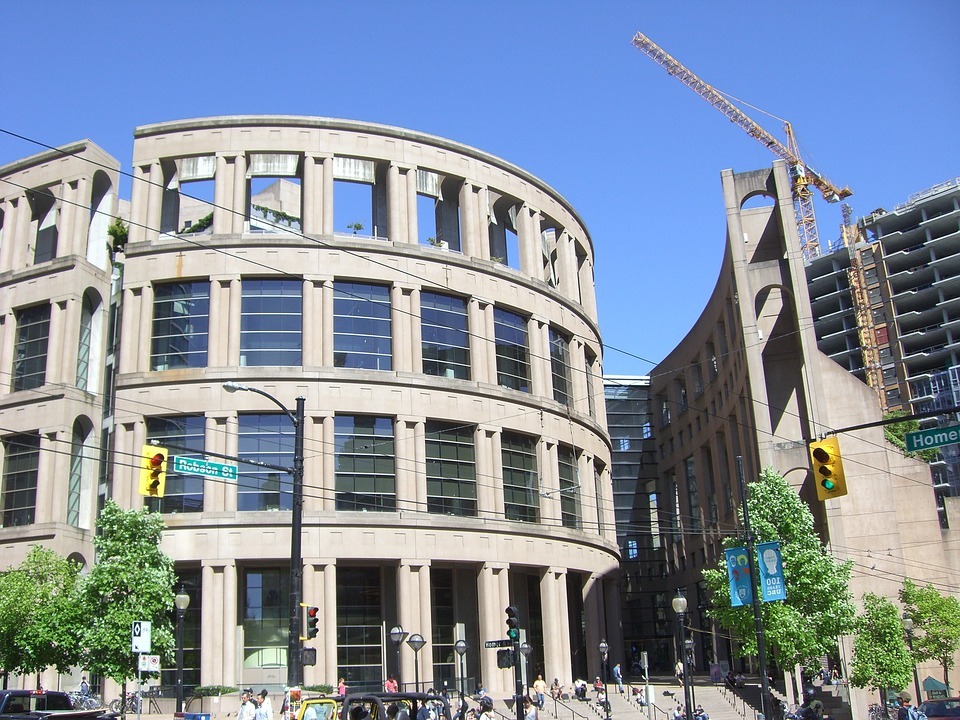DFW’s Best Residential Architecture Styles to Explore
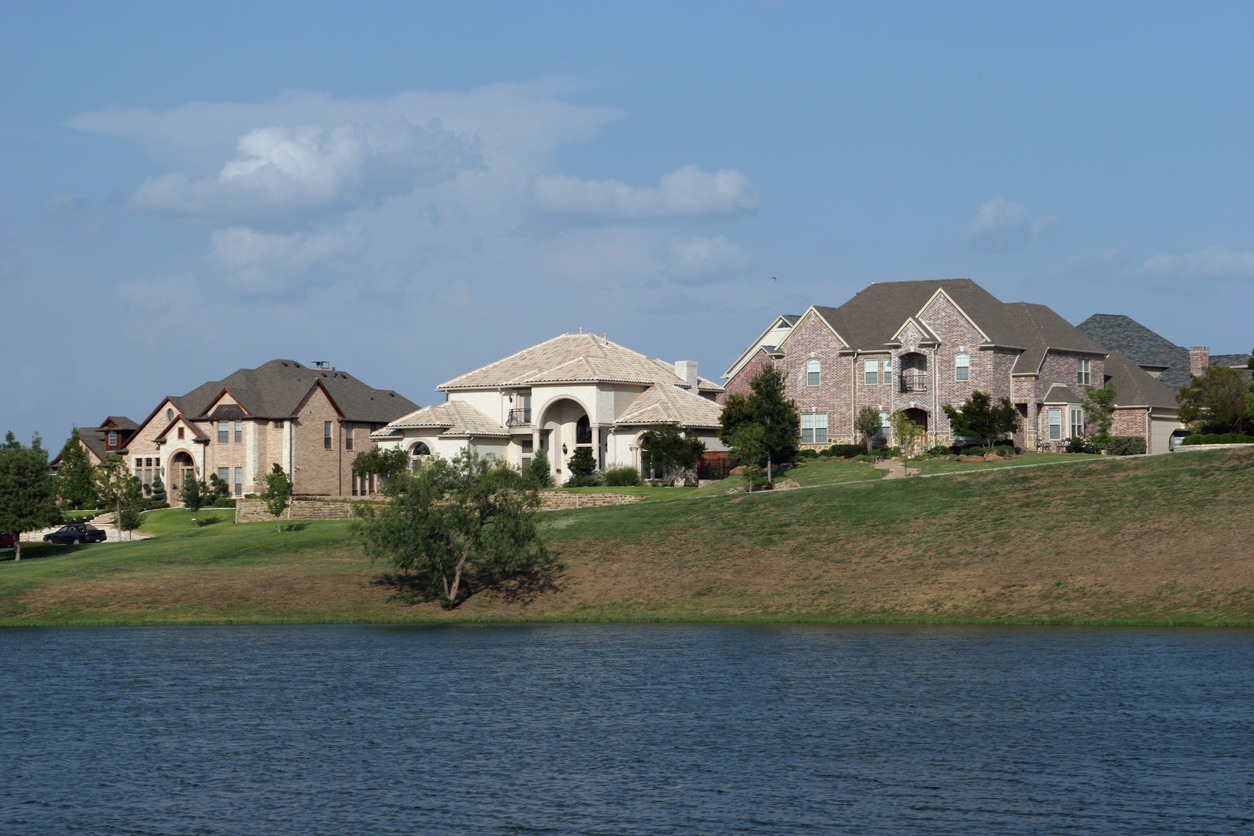
Dallas-Fort Worth's residential landscape showcases diverse architectural styles worth exploring. You'll find Mediterranean Revival's white stucco and red tile roofs in Preston Hollow, Tudor's half-timbered charm in East Dallas, and Mid-Century Modern's clean lines in North Dallas.
Texas Hill Country designs blend limestone with contemporary elements, while Modern Farmhouse styles offer rustic sophistication throughout the metroplex. Each neighborhood reveals unique architectural character that tells the story of DFW's rich design heritage.
Mediterranean Revival: Coastal Elegance in the Heart of Texas
Why travel to the Mediterranean when you can experience its charm right in Dallas-Fort Worth? Mediterranean Revival homes in DFW showcase timeless sophistication through their distinctive white stucco exteriors, red clay tile roofs, and ornate wrought-iron balconies that evoke coastal Italian villas.
This architectural style, popularized in the early 20th century, continues to captivate homeowners seeking an elegant aesthetic. You'll find these homes in upscale neighborhoods like Preston Hollow, where their design complements Texas's warm climate.
Mediterranean Revival emphasizes seamless indoor-outdoor living through covered porches, courtyards, and arched windows that flood interiors with natural light. The elegance of these homes offers a year-round sense of vacation without leaving the Lone Star State.
Tudor Architecture: Timeless European Charm in East Dallas
Step into the enchanting streets of East Dallas, and you'll immediately notice the distinctive half-timbered facades of Tudor architecture. This European-inspired style features steeply pitched roofs, cross gables, and ornamental brickwork that create a rich and textured appearance.
Tudor homes experienced a revival in the U.S. during the early to mid-20th century. In areas like Hollywood Heights and Lakewood, you'll discover examples with arched doorways, tall chimneys, and multi-pane windows that define this romantic style.
Tudor architecture remains in demand for its old-world charm and nostalgic feel, making it a defining part of East Dallas’s historic neighborhoods.
Mid-Century Modern: Frank Lloyd Wright’s Legacy in North Dallas
View this post on Instagram
The Modern Farmhouse movement blends traditional country features with sleek modern lines, making it a favorite in suburban DFW neighborhoods like Frisco, Prosper, and Mansfield. Common features include board-and-batten siding, gabled roofs, black-framed windows, and open-concept interiors. The use of natural textures, shiplap walls, and neutral color palettes adds warmth without feeling outdated. Spacious porches and expansive kitchens reflect the style’s family-centered roots, while subtle industrial touches like iron fixtures and sliding barn doors provide a modern edge. Queen Anne homes bring a dose of Victorian drama to historic DFW districts like the Wilson Block in Old East Dallas and State Thomas in Uptown. Characterized by turrets, decorative gables, and wraparound porches, these homes are masterpieces of 19th-century design. They often display elaborate woodwork, colorful paint schemes, and stained-glass windows that reflect the ornate style of the Victorian era. While many have been updated for modern living, efforts are often made to preserve their historical essence. These homes are ideal for homeowners who appreciate craftsmanship and visual richness. The American Craftsman style flourished in early 20th-century America and is prominent in neighborhoods like Winnetka Heights and Kessler Park in Oak Cliff. These bungalows were designed with simplicity, functionality, and artistry in mind. Key features include tapered columns, wide front porches, and exposed rafters. Interiors often showcase built-in cabinetry and hand-crafted details. Craftsman homes emphasize natural materials and thoughtful proportions—offering comfort, charm, and timeless design in DFW’s urban core. Often found in Highland Park and older Oak Cliff neighborhoods, Spanish Revival homes combine white stucco walls, red barrel tile roofs, and arched openings for a look that feels sun-drenched and elegant. Inspired by the early Spanish missions of the American Southwest, these homes often incorporate decorative tilework, iron grilles, and lush courtyards for tranquil outdoor living. Spanish Revival architecture has seen a resurgence thanks to its timeless aesthetic and regional relevance in Texas’s hot climate. These homes remain prized for their cultural richness and visual warmth. Transitional homes are increasingly common in newer developments across DFW, offering a hybrid design that merges classic architecture with modern minimalism. This style suits homeowners who want timeless appeal without the formality of traditional interiors. Expect features like neutral color schemes, clean-lined cabinetry, and open layouts that support relaxed lifestyles. Materials like stone, wood, and glass help balance old and new. Popular in areas like Lakewood Heights, University Park, and West Plano, transitional homes provide flexibility—accommodating families, downsizers, and anyone who values versatility and understated style.Texas Hill Country: Rugged Beauty Meets Modern Living
Modern Farmhouse: Rustic Sophistication for Contemporary Lifestyles
Victorian Queen Anne: Ornate Details and Historic Character
American Craftsman: Arts and Crafts Movement in Oak Cliff
Spanish Revival: Mission-Inspired Design Elements
Transitional Homes: Blending Traditional Warmth With Contemporary Clean Lines

